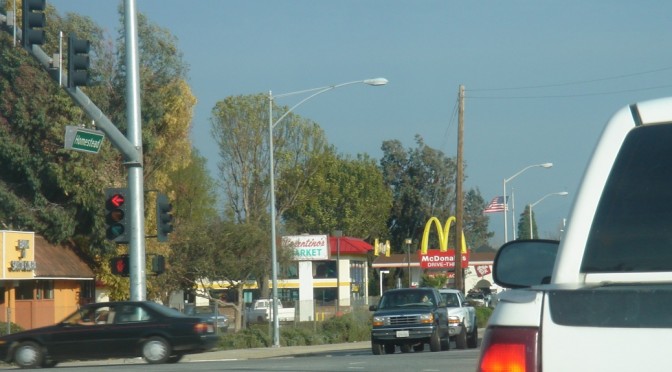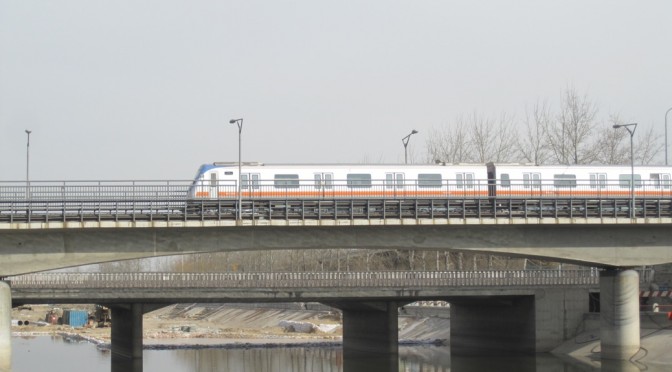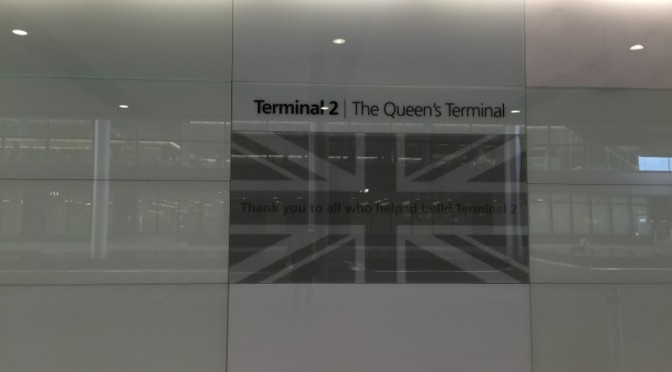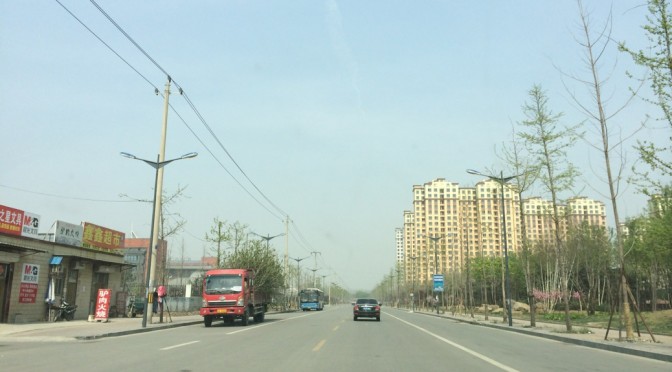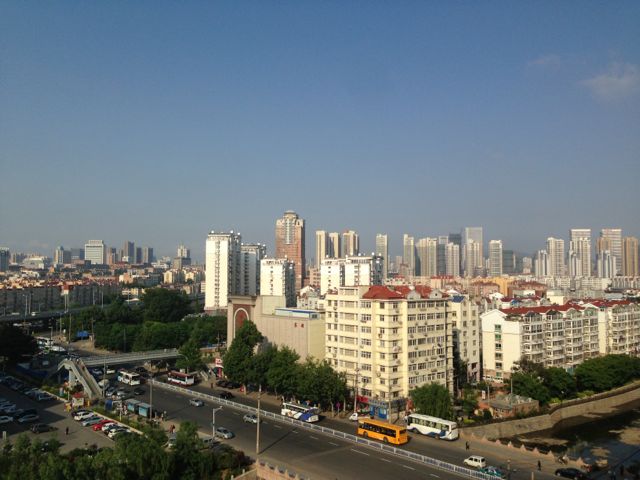The United States just unleashed a massive peaceful-but-powerful weapon upon China: Visas. As in: relaxed visa policies.
I know that because I was once a PRC citizen. The US did not feel like a bolted fortress, but it was serious on its details. I had to get myself a US visa as a Chinese citizen, which kind of “went away” when I became Swiss in 2000. Now Tracy has to get herself visas for everywhere because China has only so many visa waiver agreements — mostly with the developing world.
When Tracy and I applied for the EEA Family Permit (thanks, Switzerland, for signing the free movement deal, even though we’re sure you’ll eat it one day if you continue to let Blocher and Co rule Helvetia), I’ve heard Tracy dig into Baidu rants. It was grilled by PRC citizens married to EU, EEA and Swiss citizens as this questionnaire that just went on and on and on — a hundred questions. As a Swiss I don’t take issue with these: I’ve heard that “facilitated naturalisation” has a wait-time of one and a half years… so I’m “familiar” with all those government forms and “stuff like that”. Visas are never an easy thing for some of us in some parts of the world to get, even though in several countries, procedures have been simplified.
But to many, the US remained that one country that, to lots of PRC citizens, could at times just refuse visas to its passport holders — and at times it felt like it was “on a whim”, even though the US, like Switzerland and most of the developed world, is ruled by a set of (at times pretty rigid) laws. (After driving around London, I wish more and more locals were a little Swiss on the roads.) So when the US simply opened the floodgates with ten-year visas, this was the next best thing after a blanket visa waiver (which I hope will also be reality one day; the Taiwanese “renegade province” so-called gets it already!).
This also means I had better get my (expletive deleted) State-side, since the terminology to way too many Americans visiting China will be very different with the set we have in London or Zürich. To the Brits, a subway is what you use to cross the road (underneath); to Americans, it’s what the Tube is for London. In the UK we’ve got to get our Council Taxes straight and report incomes to HM Revenue and Customs; in the US we are dealing with totally new terminology, including the likes of the IRS. The Swiss would be confused by the existence of Royal Mail and The Post Office in the UK, as they have “just one” in Alpine territory — that goes by up to four different names (in four different languages no less!).
Indirectly, China is opening its doors to more and more Americans, and the US opening itself also more and more to China. This leaves Schengenland and the UK to much of a disadvantage. Even if the Common Travel Area eventually became part of Schengenland, the generous-ness of the visa won’t work either. It’s time to realise that more and more Chinese have the big bucks (big quids? Do we or can we actually say it like that?) and need to head overseas — beyond the 31 mainland provinces. It is also time most of us realised that the era of the mainland Chinese passport is no longer stuck in this era where it was granted to a few, and had to be surrendered upon return; it is time some of us realised the full potential of this passport. I hope the trend for the PRC mainland passport will be more and more lenient visa policies — along with a biometrics requirement (to keep the bad guys out).
And I know this has to be the case. Go to Bicester Village… I dare you. It’s now a Chinese village in the making… seriously… There will be a day, I hope, that PRC passports will come, more and more, with ten-year visa vignettes affixed to it — for the UK and for Schengenland, too, as I hope…
